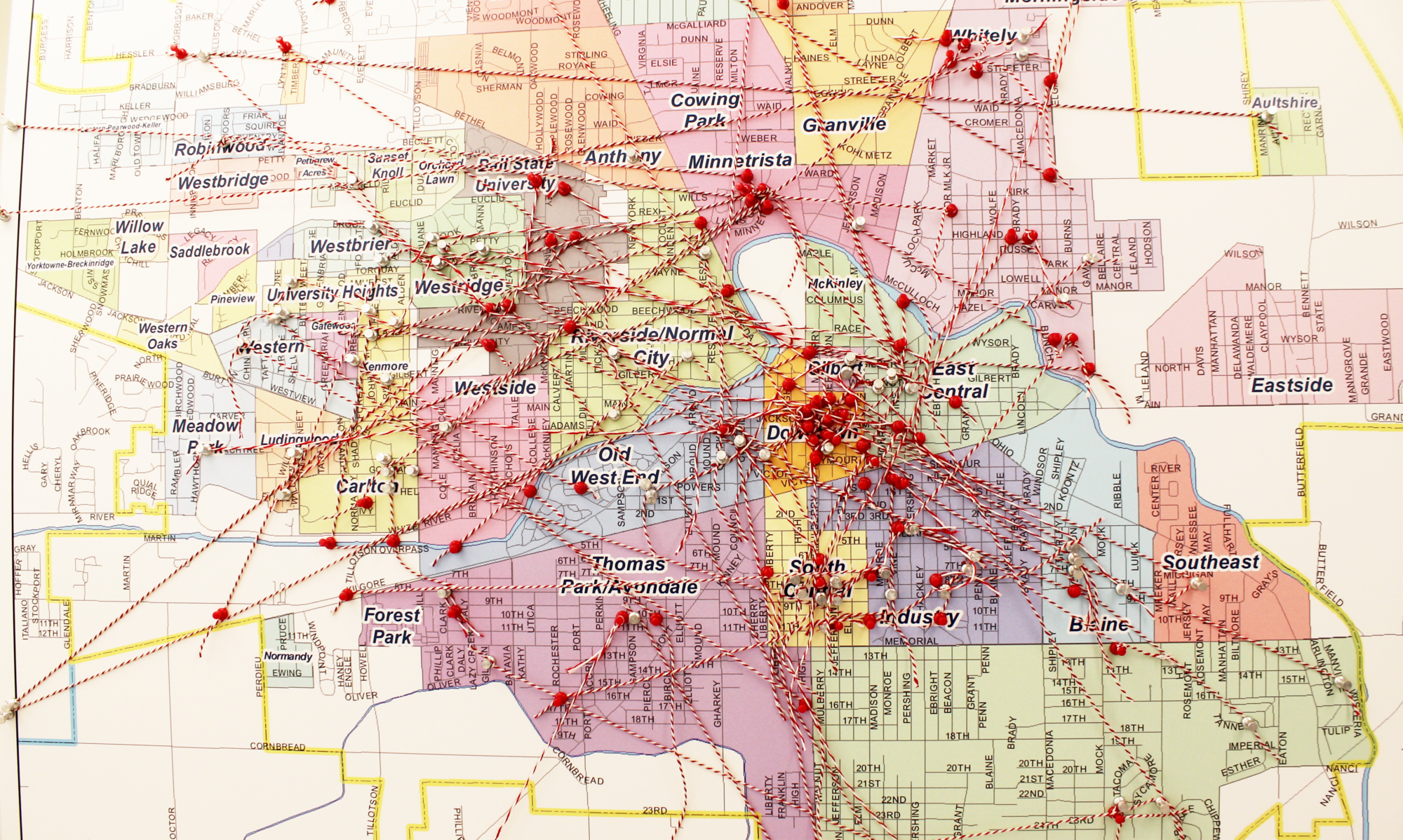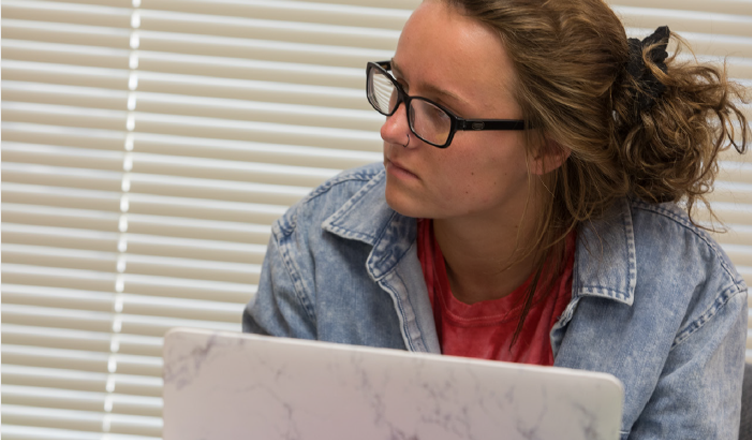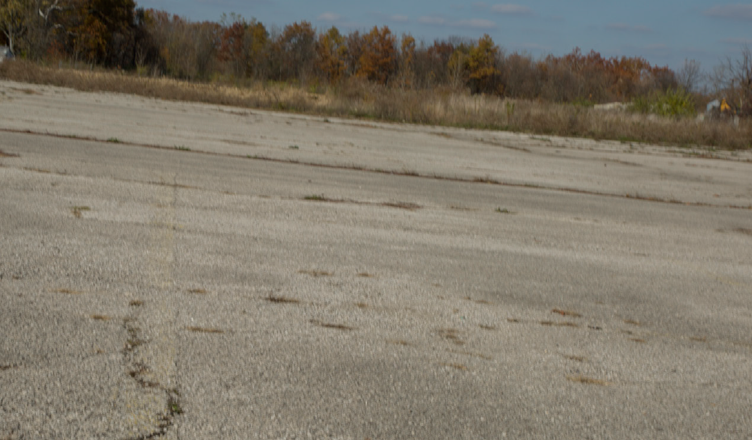Diversity is essential for the future success of Computer Science (CS). Further, there is simply a lack of student exposure to CS in elementary and high school.Via the regular school curriculum, students are exposed to the hard sciences and mathematics, but seldom CS. As a result, students are likely to have little idea of what it means to be a Computer Scientist or if they have any interest in being one. With the recent adoption of CS K-8 academic standards in Indiana, this is changing, but most teachers have little, or no experience teaching these new topics. The focus of this immersive learning class was to expose the partner’s students, particularly underrepresented minorities and females, to CS and Computational Thinking (CT)–a need expressed by our partner. Our project team accumulated instructional resources, and developed activity templates and modules that will better incorporate CS and CT experiences, with a focus on meeting the Indiana CS academic standards.The school administrators and teachers can utilize the compiled resources, and implement the completed modules during normal school classes, during the summer, after school, or during extended breaks, based on their needs.
Fall 2019
Faculty Mentor: David Largent
Department: Computer Science
Community Partners: Northside Middle School, Burris Laboratory School, Muncie Central High School
Students: Sara Bailey, Luke Betts, Ben Bishop, Chris Bucker, Corbin Creedon, Gwyn Hultquist, Dakota Savage, Joe Schmidt, Madison Turley, Brian Walker, Sean Wolfe
Fall 2018
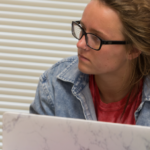 Faculty Mentor: David Largent
Faculty Mentor: David Largent
Department: Computer Science
Community Partners: Northside Middle School, Daleville Junior/Senior High School, and Burris Labratory School
Students: Ryan Ahler, Luke Betts, Austin Bolles, Michael Bratton, Will English, Josh Passey, Alexander Perry, Sarah Phipps, Adam Wessel, Morgan Williams
Fall 2017
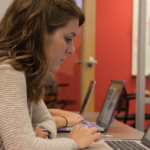 Faculty Mentor: David Largent
Faculty Mentor: David Largent
Department: Computer Science
Community Partners: Northside Middle School
Students: Monica Appel, Meghan Duffy, Rachel Harvey, Anna Hawkins, Benjamin Lawson, Ryan Magley, Joshua Pegg, Ian Pemberton, Jordan Reidy, Timothy Skinner, Cody York
